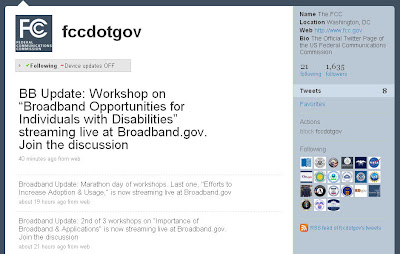 Photoshop received approval this week for their own official iPhone app, which allows users to rotate, crop, use filter effects, adjust exposure, tint and saturation. Not exactly groundbreaking, but regular users and the tech savvy should expect a heavy hitter to have a presence in the app market.
Photoshop received approval this week for their own official iPhone app, which allows users to rotate, crop, use filter effects, adjust exposure, tint and saturation. Not exactly groundbreaking, but regular users and the tech savvy should expect a heavy hitter to have a presence in the app market.
The concept of an app store for mobile phones is doggone appealing for 21st century cell phone users. Apple's campaign "There's an app for that" has become synonymous with the utility of mobile communication and convenience. Although BlackBerry maker RIM released it's own version of the app store earlier this year, Apple has touted the availability of thousands of programs in its own store and even surpassed two billion downloads at the end of September.
Many companies have hitched a ride on the app wave with useful components, such as remote ordering for Chipotle and Starbucks (they actually have two) and pop culture icons such rapper T. Pain's auto voice tuner. Others have shown to be timelessly useful, such as Google Maps and weather alert applications like WeatherBug.
Despite the usefulness of some applications, the app market at large has reached a point beyond saturation. As is true with social media usage, some tools are simply time wasters. For those who remember the infamous pre-installed Snake game on old Nokia phones, this was enough a to satisfy the urge to procrastinate for most people.
The bottom line is that smartphone users and application developers must seriously consider the ultimate goal of time and money spent developing, searching, downloading and "playing." As technology history teaches us, this too shall pass.
- Brands: This means determining the PR and financial investment and ROI developing an app would take. In the case of Photoshop, the justification is clear.
- Consumers: The app store could largely be procrastination 2.0 and another drain on your bank account.




















